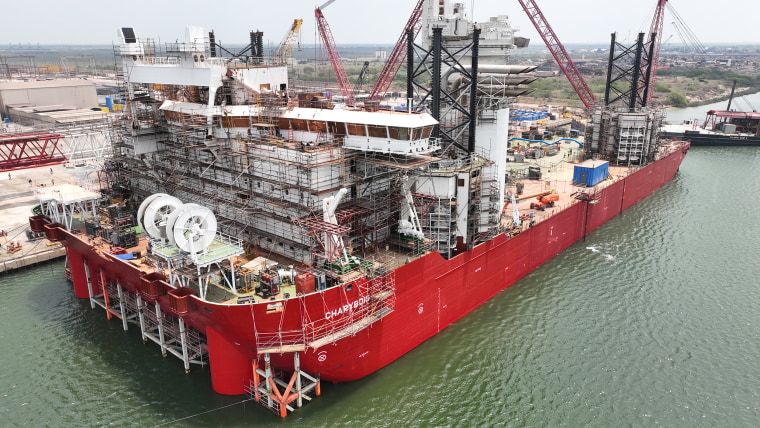The recent presidential elections in the United States have brought about a renewed focus on key energy goals, particularly those related to renewable sources. One of the notable targets of President Biden’s administration has been the promotion of wind energy as a sustainable and eco-friendly alternative to traditional sources of power. However, despite the ambitious plans and promises made by the Biden administration, progress toward reaching the wind energy goals has been slow.
One of the key factors impeding the advancement of wind energy initiatives post-election is the lack of a comprehensive and integrated strategy for harnessing this renewable resource effectively. While there has been significant investment in wind energy projects and infrastructure development, there is still a need for a more cohesive approach that addresses the challenges and maximizes the benefits of wind power.
One aspect that needs particular attention is the offshore wind energy sector, which has immense potential for expansion and growth. The vast offshore areas offer a prime location for the development of wind farms that can generate significant amounts of clean energy. However, the process of setting up offshore wind projects involves complex regulatory, logistical, and technical challenges that have so far hindered progress.
In order to overcome these obstacles and unlock the full potential of offshore wind energy, there is a need for concerted efforts at the federal, state, and industry levels. Collaboration among various stakeholders, including government agencies, energy companies, environmental organizations, and local communities, is essential to streamline processes, resolve conflicts, and expedite the development of offshore wind projects.
Moreover, the Biden administration must prioritize the implementation of policies and incentives that promote the growth of the offshore wind energy sector. This includes providing financial support, regulatory clarity, and infrastructure investments to facilitate the planning, permitting, and construction of offshore wind farms.
Another critical factor in achieving Biden’s wind energy goals is public awareness and support for renewable energy initiatives. Building public trust and engagement is essential for overcoming opposition and resistance to wind energy projects, particularly in coastal communities where concerns about visual impact, economic disruption, and environmental impact are prevalent.
By fostering dialogue, education, and transparency, stakeholders can work together to address the legitimate concerns of local communities and demonstrate the benefits of offshore wind energy in terms of job creation, economic development, and environmental conservation.
In conclusion, the key to advancing Biden’s wind energy goal lies in a holistic and collaborative approach that addresses the challenges, leverages the opportunities, and engages stakeholders at all levels. By focusing on the offshore wind sector, streamlining processes, and enhancing public support, the United States can make significant strides towards a clean energy future powered by wind.
